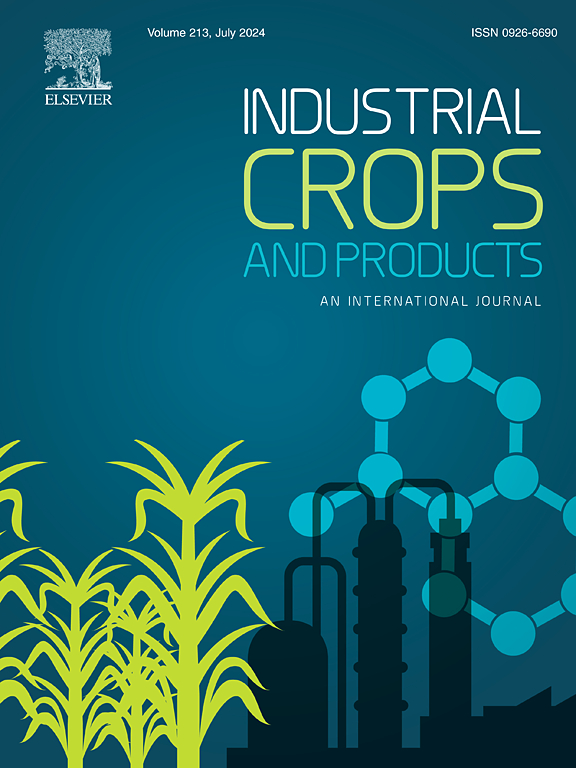The effects of species diversity and co-inoculation with plant growth-promoting rhizobacteria and arbuscular mycorrhizal fungi on the Chinese medicinal plant Codonopsis pilosula “Ludangshen”
IF 5.6
1区 农林科学
Q1 AGRICULTURAL ENGINEERING
引用次数: 0
Abstract
“Ludangshen” (Codonopsis pilosula), a medicinal material from Changzhi City, Shanxi Province, China is used extensively in traditional Chinese medicinal practice. Arbuscular mycorrhizal fungi (AMF) are known to promote the growth and development of medicinal plants and enhance the accumulation of their secondary metabolites. The purpose of this study was to clarify the important effects of AMF on the medicinal components and cultivation yield of C. pilosula by investigating the AMF diversity in wild C. pilosula and carry out inoculation tests using AMF and plant growth-promoting rhizobacteria (PGPR) in the laboratory. The results showed that AMF colonization ratios ranged from 65.33 % to 83.33 %. Seven genera and 32 species of AMF were identified using morphological methods. The dominant genera were Glomus and Acaulospora, with Glomus versiforme being the dominant species. Fifteen genera were detected using high-throughput sequencing, confirming that Glomus was the dominant genus. The Glomus species represented the biotic factors, while available phosphorus and urease were the abiotic factors that most affected the medicinal effectiveness of “Pingshun ludangshen”. The co-application of AMF and PGPR increased plant height and leaf area, and significantly elevated the contents of lobetyolin and atractylenolide III (the two medicinal factors) in C. pilosula. The top-down carbon flow and bottom-up nutrient flow contribute to the establishment of metabolic networks among C. pilosula, AMF, and PGPR. AMF provides an effective solution to the common challenges of low active ingredient content and poor yield faced in the artificial cultivation of medicinal plants by forming a symbiotic relationship with PGPR.

求助全文
约1分钟内获得全文
求助全文
来源期刊

Industrial Crops and Products
农林科学-农业工程
CiteScore
9.50
自引率
8.50%
发文量
1518
审稿时长
43 days
期刊介绍:
Industrial Crops and Products is an International Journal publishing academic and industrial research on industrial (defined as non-food/non-feed) crops and products. Papers concern both crop-oriented and bio-based materials from crops-oriented research, and should be of interest to an international audience, hypothesis driven, and where comparisons are made statistics performed.
 求助内容:
求助内容: 应助结果提醒方式:
应助结果提醒方式:


